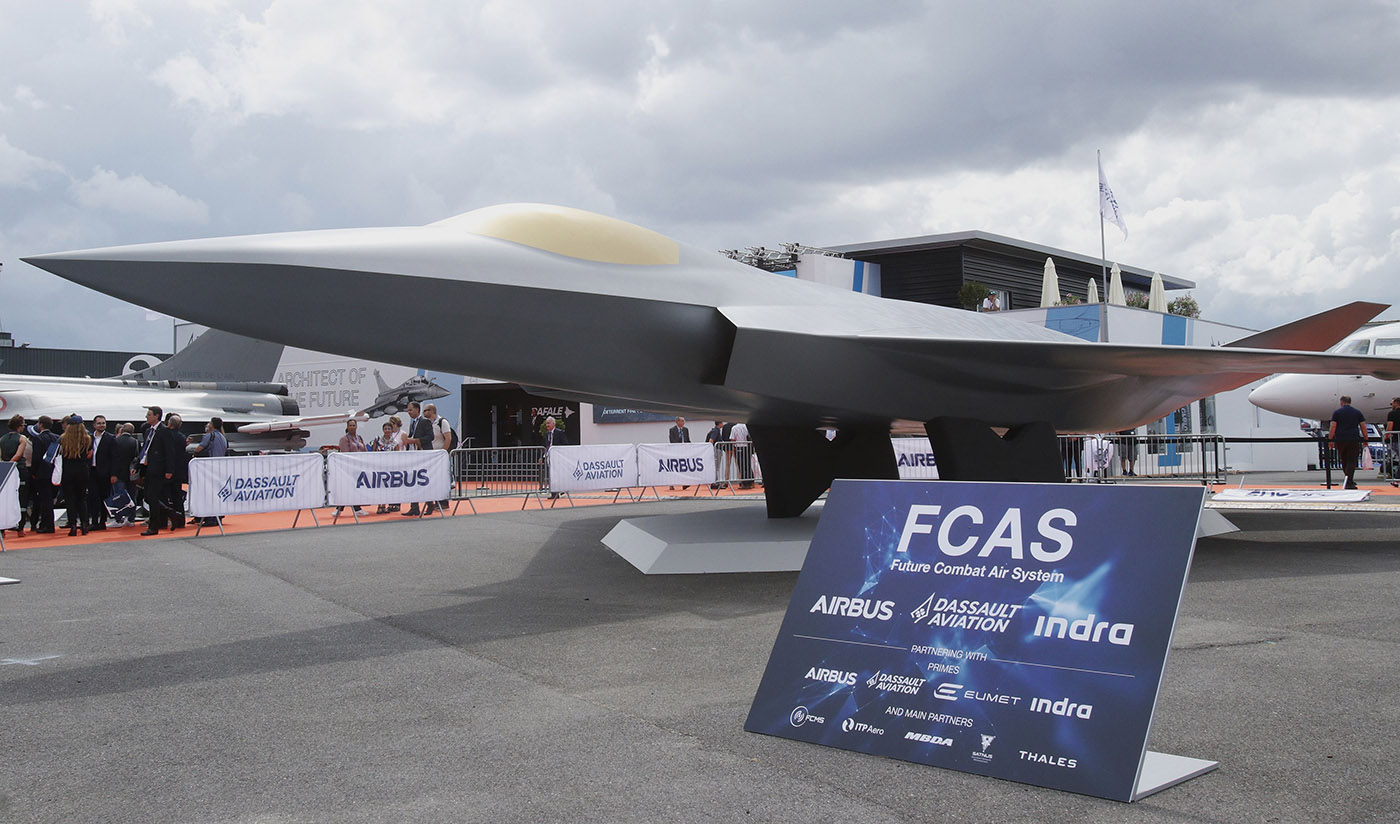In an interview with the German Handelsblatt commented Airbus Defense and SpaceCEO Michael Schöllhorn was cautionary about the company’s medium-term future, but was also optimistic about the current product range. However, this outlook is clouded by unexpected job cuts: despite a defense boom and new orders (-> Spain orders 25 more Eurofighters), the company is cutting 2,000 jobs, 700 of which are in Germany. Around half of these cuts will affect the aerospace division, which recently caused the Group considerable write-downs.
Schöllhorn calls for more predictability in the FCAS project
In contrast to the recently 6th generation fighter jet project GCAP, which was recently launched recently launched by the UK, Italy and Japan, Airbus continues to demand more predictability for its own large-scale 6th generation armaments project FCAS. According to its own statements, the European industry leader – as the second largest partner behind Dassault – development costs in the double-digit billion range for the program, which is supported by France, Germany, Spain and, more recently, Belgium.

A new, coordinated project schedule is to be finalized between the partner states before the demonstrator phase begins. However, there are apparently still disagreements regarding the exact capabilities that the partner states should include in the specifications of the FCAS program. France, for example, is demanding that the manned main system of the “System of Systems” should also be able to operate from aircraft carriers – despite the considerable size of the jet in view of the mock-up. At the same time, France has requested a capability upgrade of the Rafale to the F5 standard. In future, it will not only act as a nuclear weapon carrier, but will also be able to be accompanied by stealth drones. This decision caused disquiet at Airbus with regard to the similar FCAS program. Airbus CEO Michael Schöllhorn believes that the buyer states generally have a duty to critically reconsider parallel procurements: “Buying off the shelf in the USA in order to quickly close capability gaps is understandable to a certain extent,” said Schöllhorn. He alluded to major projects such as the order of the F-35 fighter aircraft by Germany a decision that was made shortly after the outbreak of the war in Ukraine (-> latest news from the Ukraine war) and which has put Airbus’ rival Lockheed Martin is benefiting. Interestingly, however, the three GCAP partners Italy, the UK and Japan are also already heavily involved in the F-35 program. https://militaeraktuell.at/militaer-aktuell-der-podcast-startet-mit-drei-folgen/
New Eurofighter orders
Schöllhorn is relying on further Eurofighter orders to bridge the gap and maintain capabilities – and can at least report some successes at the end of the year: Germany is planning to purchase a further 20 Eurofighters in addition to the 38 Tranche 4 units of the “Quadriga” project (to replace the obsolete Tranche 1) that have already been ordered, to procure a further 20 Eurofighters. Chancellor Olaf Scholz announced this at the ILA in Berlin in the summer. There is also movement internationally: On December 20 Spain officially confirmed its second follow-up order for 25 units. Italy is also planning a further procurement of 24 jets, while the UK is planning an an increase of a further 50 units for Saudi Arabia. is being considered. This year, Germany has given up its opposition to deliveries to Riyadh on human rights grounds, which significantly improves export opportunities.

Turkey Turkey is also showing interesteven though it is still hoping that the F-35 blockade will be lifted by the USA. Ankara is signaling a need for 40 Eurofighters. Finally, there are also initial, albeit vague, signals from Qatar, where a major follow-up order for Eurofighters is in the pipeline – apparently the two dozen jets delivered to date are not enough for the emirate. Shortly before the end of the year, a significant technical upgrade path was also agreed for future production batches of the Eurofighter. The NATO Eurofighter and Tornado Management Agency (NETMA) and the Eurofighter consortium announced the start of the Technology Maturation Phase (TMP) for the so-called LTE (Long Term Evolution) on December 19. This further development, presented by CEO Giancarlo Mezzanatto, aims to significantly expand the capabilities of the Eurofighter beyond the current Phase Enhancement (PE) packages. The extended LTE, also known as the “Mid Life Update”, will include numerous technical innovations. These include a completely revised cockpit design with a single, large display, improved mission and flight control computers and modernized communication and weapon control systems. These measures are intended to equip the Eurofighter for future operational requirements and strengthen its competitiveness on the international market.
Here for more Eurofighter news and here to further news about Airbus Defense and Space.










